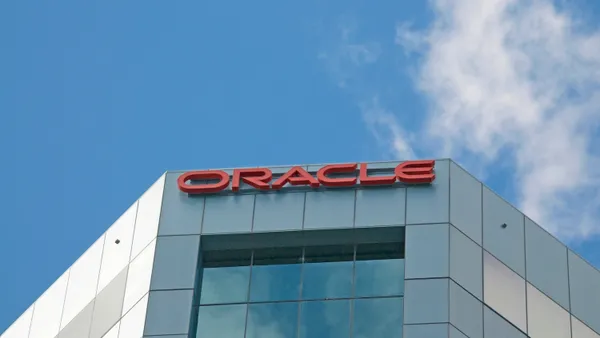Over the last several months, some companies that make consumer mobile messaging solutions — like Line and Facebook Messenger — have made significant upgrades to their products. But those upgrades and changes may be appealing to more than just the consumer. Employees increasingly indicate a desire to communicate at work like they do in their personal lives, in terms of the platforms they use.
"This is why we have seen such a rise in the use of SMS/MMS and third-party messaging apps within the enterprise," said Anurag Lal, CEO and president of Infinite Convergence Solutions.
Not only do workers want to use those collaborative tools and platforms, it’s also been proven that their use can greatly improve productivity because they allow for simplified access to information.
"Those firms who have not embraced this digital evolution are happy to supply their employees with the basics — email, internet access, spreadsheets, etc. — but they lose sight of the fact that employees will be more productive and a value to the firm if they have better access to information and resources through more integrated, collaborative platforms," said Paul Rigby, senior vice president of Business Operations at Vitalyst.
In fact, a recent Vitalyst report found employee collaboration is essential to increasing the speed and efficiency of enterprise operations, eliminating the constraints of a multinational footprint, and enabling organizations to remain competitive and agile to meet the evolving needs and demands of their industries.
Security caveats
But messaging solutions for the enterprise require vastly different capabilities than consumer apps, especially when it comes to security. Third-party messaging apps, including SMS/MMS, simply do not have the necessary safeguards and encryption to protect sensitive information shared across the enterprise, including files and images.
"This leaves workers communicating via insecure messaging apps, like WhatsApp or Skype, that they use in their personal life," said Lal. "These apps are not equipped to handle the exchange of sensitive enterprise information and open up enterprises to security vulnerabilities."
Consumer apps also do not follow industry regulations, such as HIPAA for healthcare and SOX for finance, so they put organizations at risk for non-compliance with industry regulations.
Finding the middle ground
To collaborate effectively, employees must have access to data and applications from multiple devices located inside and outside the enterprise security firewalls. But this presents a significant challenge to the IT organization.
So what can an enterprise do to enable workforce collaboration and productivity without making the entire organization vulnerable?
While some companies are adding encryption and other features to make their apps more secure and enterprise-friendly, there are steps IT leaders can take, too.
"This can be overcome with the right access controls in place through IT security systems and allowing access to portals for both company and publicly hosted applications," said Rigby.
Employee onboarding and training can also help create a secure, compliant and ultimately collaborative environment.
Rigby suggests firms embrace three key factors related to communication and collaboration to help them move ahead of the pack:
- Recognize your point of departure and point of arrival in creating a digital workplace, as this caters to the needs of executives, management and knowledge workers in different ways.
- Create a consumerized experience for employees within the enterprise—one that respects the layers and data requirements of each group.
- Invest in the back-office infrastructure, automation and security systems that enable empowered workers to collaborate and bring value to the enterprise.
If you can’t beat them...
Data suggests employees are using consumer apps at work whether or not the company they work for allows it. A recent Infinite Convergence Solutions study found 54% of employees are using SMS/MMS to communicate and send documents within the workplace, and another 44% say they regularly use mobile messaging throughout the workday.
Lal suggests IT departments get ahead of this and lead the charge within their organizations by adopting a secure enterprise-grade communication solution before even more employees ultimately begin using consumer-facing solutions.
"When looking at a system, enterprises need something that is easily scalable throughout the organization and has many features that are specifically created with the enterprise in mind," said Lal. "For example, the ability to send large files over the platform, while also boasting end-to-end encryption to protect this potentially sensitive information, is a key feature."













